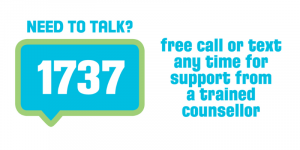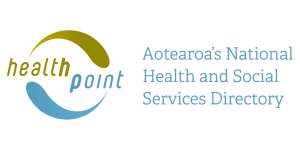Wishing everyone happy holidays and a joyful New Year from the Healthify team. Don't forget to Slip, Slop, Slap and Wrap!
Chlortalidone
Sounds like 'klor-tal-ih-dohn'
Key points about chlortalidone
- Chlortalidone is a diuretic, which means it helps your body get rid of extra salt (sodium) and water.
- It's also called a 'water tablet' or 'water pill'.
- Chlortalidone is also called Hygroton®.
- Find out how to take it safely and possible side effects.
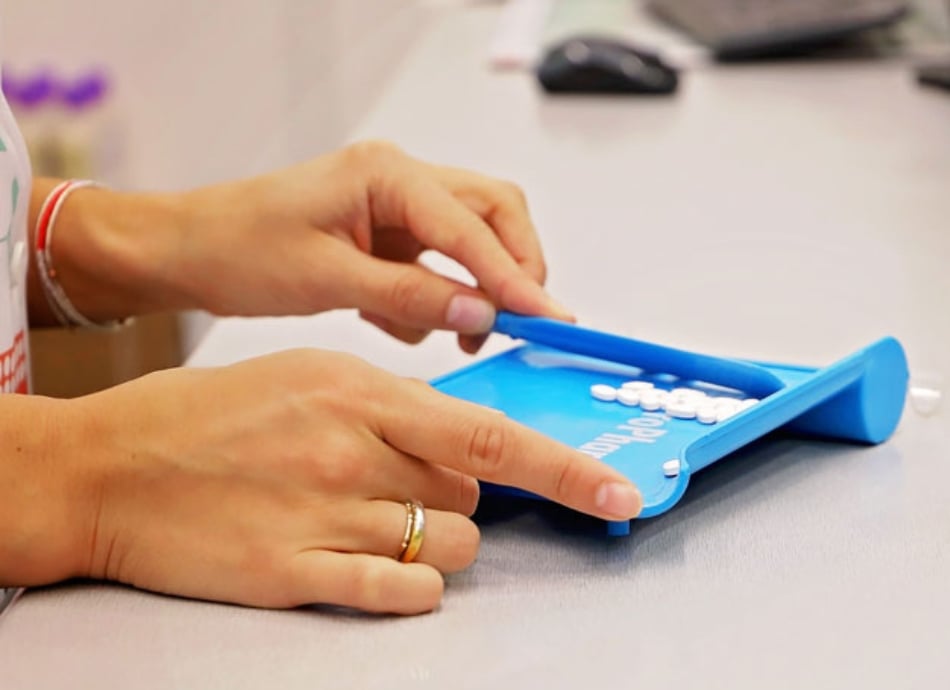
Chlortalidone is a diuretic, which means it helps your body get rid of extra salt (sodium) and water. It works by increasing the amount of urine (pee) you make.
Chlortalidone is used to treat high blood pressure (hypertension), and to get rid of extra fluid in your body (called oedema) caused by conditions such as heart failure, liver disease, or kidney disease. This can reduce symptoms such as swelling in your ankles or feet, or shortness of breath.
In Aotearoa New Zealand, chlortalidone is available as tablets (25 mg).
- Always take your chlortalidone exactly as your healthcare provider has told you. The pharmacy label on your medicine will tell you how much chlortalidone to take, how often to take it, and any special instructions.
- High blood pressure: The usual dose is .5 to 1 tablet (12.5 mg to 25 mg) a day. Treatment is usually long term.
- Oedema (excess fluid): The dose depends on your symptoms. It may be up to 50 mg once a day or every second day. Your healthcare provider will tell you how long to take chlortalidone for.
- Take chlortalidone once a day: It's best taken in the morning, so it works during the day and your sleep isn't disturbed by you needing to get up to go to the toilet during the night. Read more about tips for taking diuretics.
- Food: You can take chlortalidone with or without food.
- Missed dose: If you forget to take your dose, take it as soon as you remember. But if it's late in the afternoon, skip the missed dose and continue as usual the next day. Don't take double the dose.
Taking chlortalidone with pain medicines
Be careful when taking some pain relief medicines. Taking NSAIDs, such as ibuprofen and diclofenac, together with blood pressure medicines, can be harmful to your kidneys. This is called the ‘triple whammy’. NSAIDs can also be found in some cold and flu medicines.
If you're taking chlortalidone with other blood pressure medicines, such as ACE inhibitors or ARBs, tell your healthcare provider or pharmacist before starting NSAIDs. Talk to them about safe pain-relief options for you.
Image credit: Healthify He Puna Waiora
Read more about:
Some other things to know when you're taking chlortalidone
- Have a sick day plan: If you have diarrhoea (runny poo), you're vomiting (being sick) from a stomach bug, or you're dehydrated from another illness, it’s important to let your healthcare provider know. They may advise you to stop taking chlortalidone for a few days and start again when your eating and drinking returns to normal.
- Alcohol: Chlortalidone doesn't directly interact with alcohol. This means that most people could have the occasional drink while taking it without any serious problems. However, if chlortalidone makes you feel dizzy or sick (nausea), don't drink alcohol as it will make you feel worse.
- Sunlight: Protect yourself from too much sunlight while being treated with chlortalidone. Always cover up and apply a thick layer of broad spectrum sunscreen (at least SPF 30) when you're outside. Don't use sunbeds.
- Monitoring: You may need blood tests while taking chlortalidone to check the amount of potassium and sodium in your blood, and to see how well your kidneys are working.
- Interactions: Chlortalidone may interact with other medicines, herbal supplements and rongoā Māori, so check with your healthcare provider or pharmacist before starting chlortalidone and before starting any new products.
- Pregnancy or breastfeeding: Talk to your healthcare provider if you're pregnant, planning a pregnancy or want to breastfeed.
Like all medicines chlortalidone can cause side effects, although not everyone gets them. If you're concerned about any symptoms you think might be related to your medicine, talk to your healthcare provider. The information below offers some guidance but doesn’t include all possible side effects.
Common side effects
Tell your healthcare provider if these side effects bother you.
- Needing to pee more often. It's a good idea to know where the nearest toilets are when you’re away from home.
- Nausea (feeling sick) or having a sore stomach. Take your tablets with or just after food.
- Feeling light-headed or dizzy. Don’t drink alcohol. Be careful when driving or using tools until you know how this medicine affects you.
- Feeling faint when you stand up. Be careful when getting up from either lying down or sitting to avoid falls. These effects put you at risk of falls and injuries, especially if you're an older adult.
Tell your healthcare provider immediately or phone Healthline free on 0800 611 116 if these occur
- Signs and symptoms of gout such as pain, redness and swelling in a joint (eg, your big toe, wrist, elbow or knee). Chlortalidone may raise uric acid levels in your blood and cause an acute attack of gout for some people.
- Signs of dehydration (losing too much salt and water) such as muscle cramps, weakness, dry mouth, feeling thirsty all the time or passing less urine than usual.
Read more about medicines and side effects and reporting a reaction you think might be a side effect.
The following links have more information on chlortalidone:
Hygroton(external link) Medsafe Consumer Information, NZ
Chlortalidone(external link) New Zealand Formulary Patient Information
Brochures
At home sick day advice(external link) Health New Zealand | Te Whatu Ora, NZ, 2023
Medicines and side effects(external link) Healthify He Puna Waiora, NZ, 2024
5 questions to ask about your medications(external link) Health Quality and Safety Commission, NZ, 2019 English(external link), te reo Māori(external link)
References
- Chlortalidone(external link) New Zealand Formulary
- Thiazides and related diuretics(external link) New Zealand Formulary
- Medicine-induced hyponatraemia – increased risks in older people(external link) Medsafe, NZ, 2024
- Avoiding the triple whammy in primary care – ACE inhibitor/ARB + diuretic + NSAID(external link) BPAC, NZ, 2018
- Hypertension in adults – the silent killer(external link) BPAC, NZ, 2023
Brochures
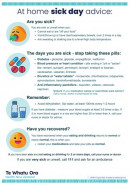
At home sick day advice
Health New Zealand | Te Whatu Ora, 2023
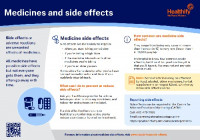
Medicines and side effects
Healthify He Puna Waiora, NZ, 2024
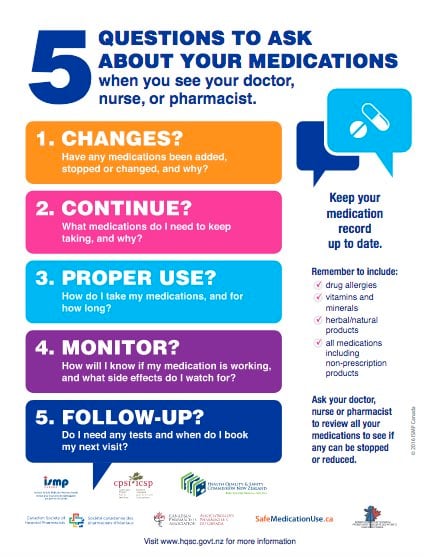
Health Quality and Safety Commission, NZ, 2019 English, te reo Māori
Credits: Healthify editorial team. Healthify is brought to you by Health Navigator Charitable Trust.
Reviewed by: Stephanie Yee, Pharmacist, Auckland.
Last reviewed:



